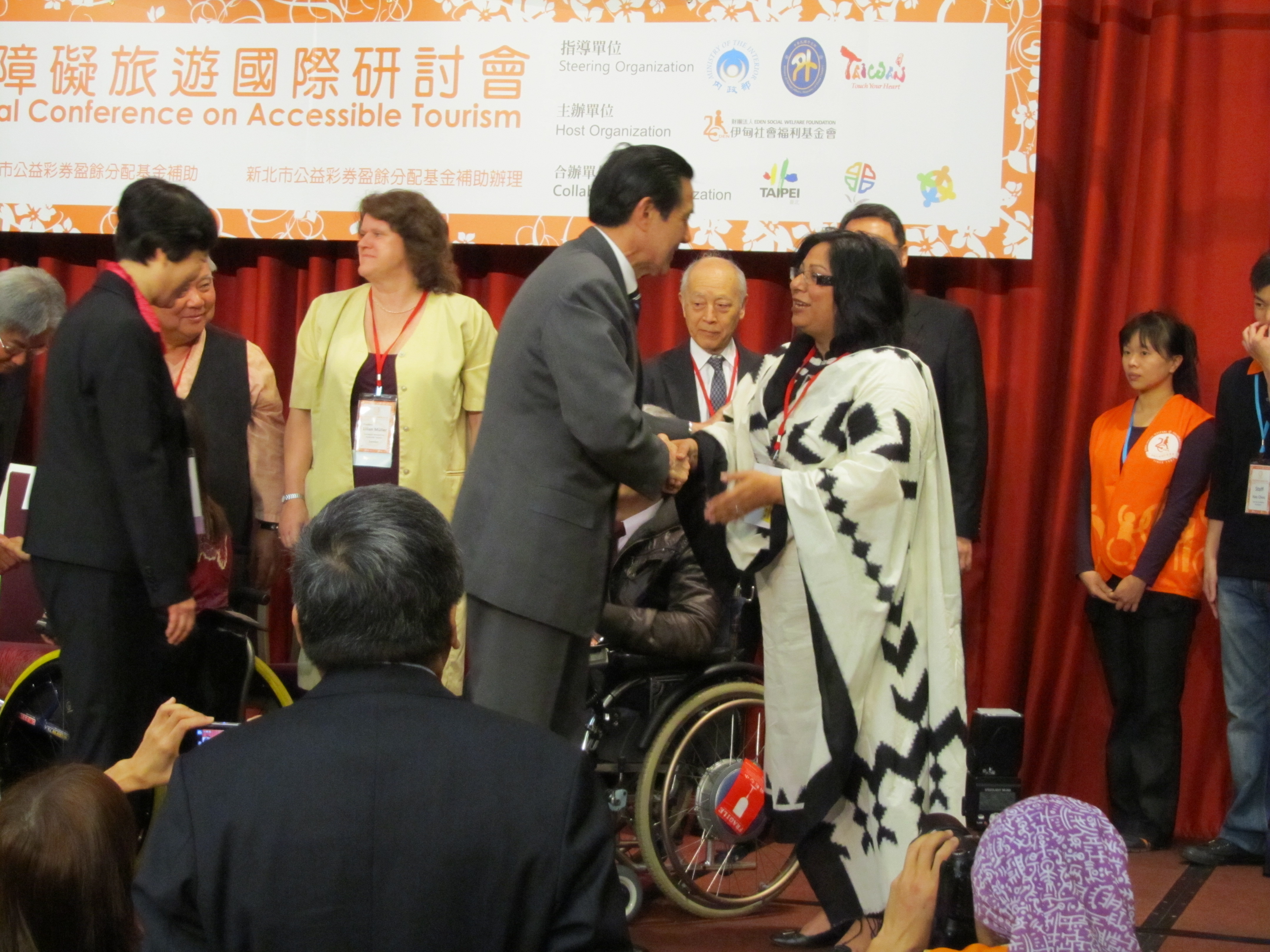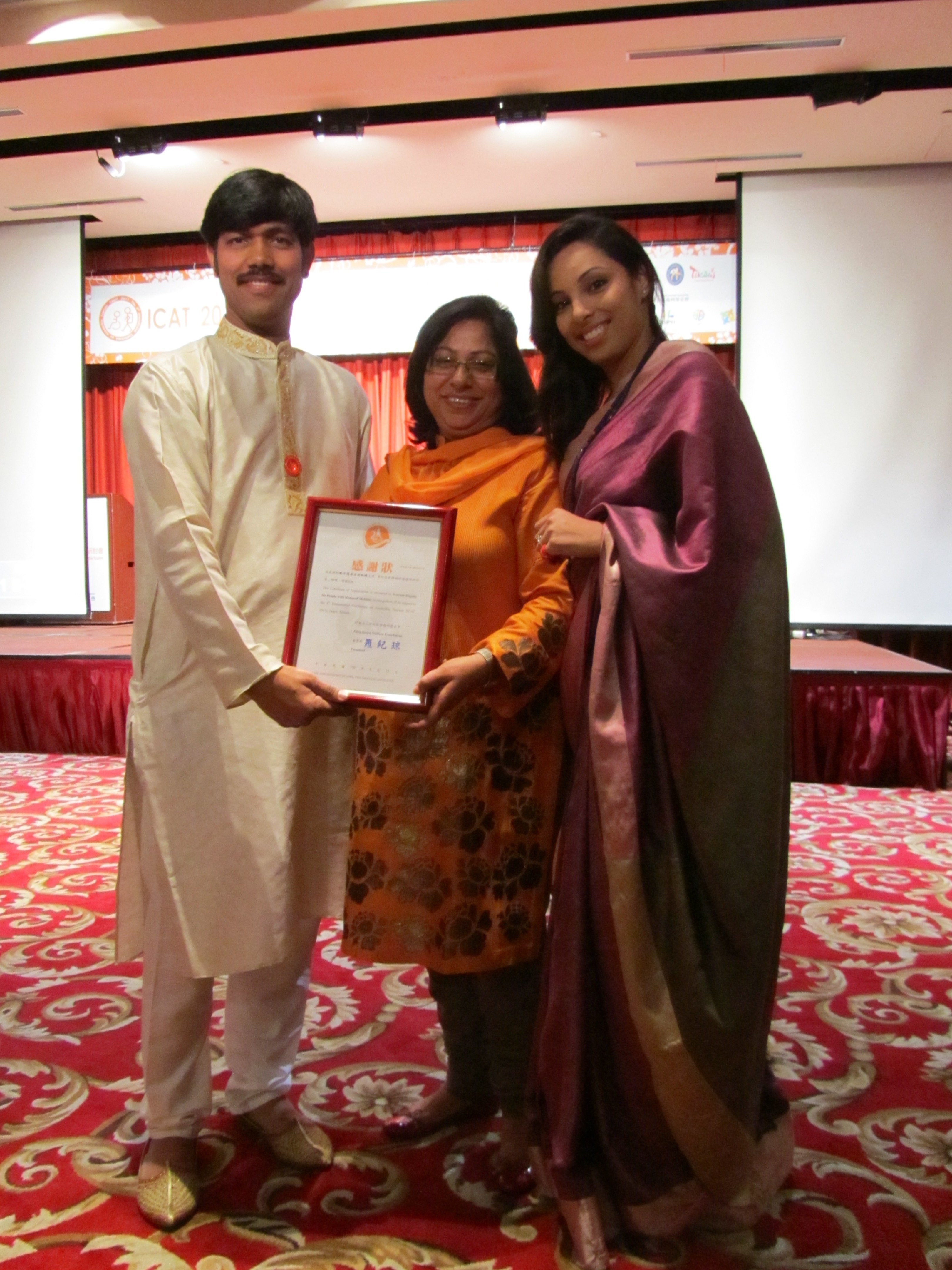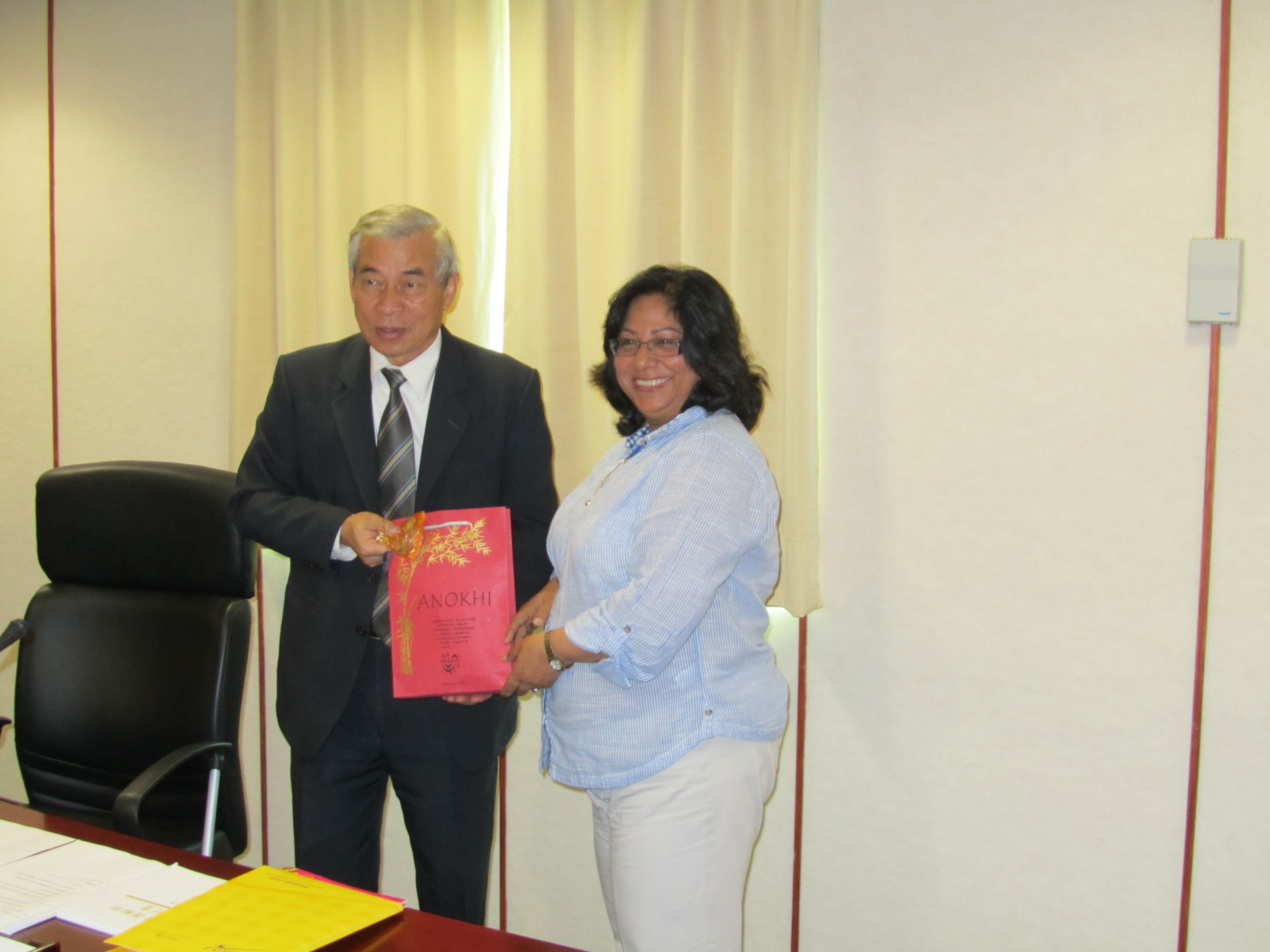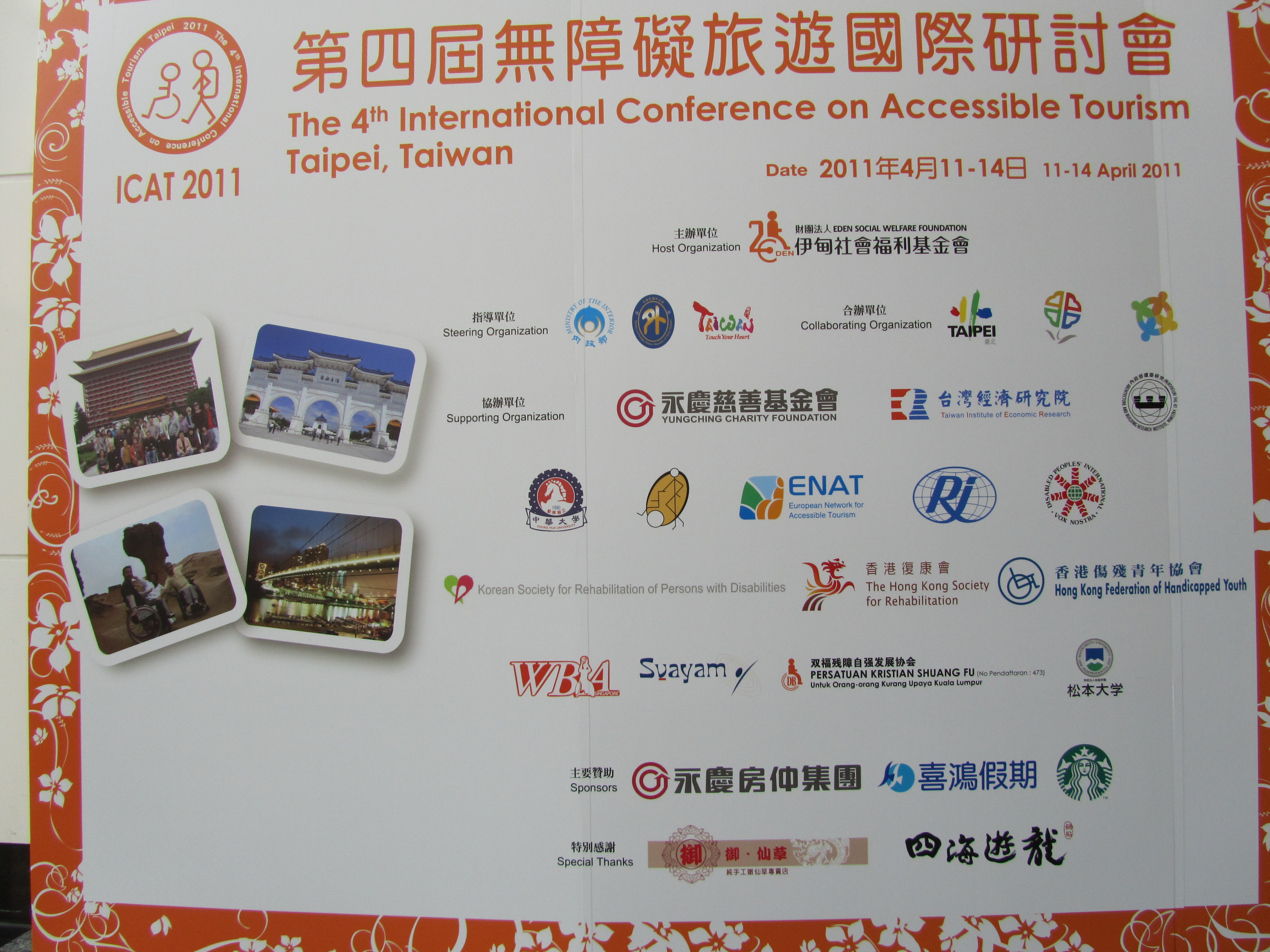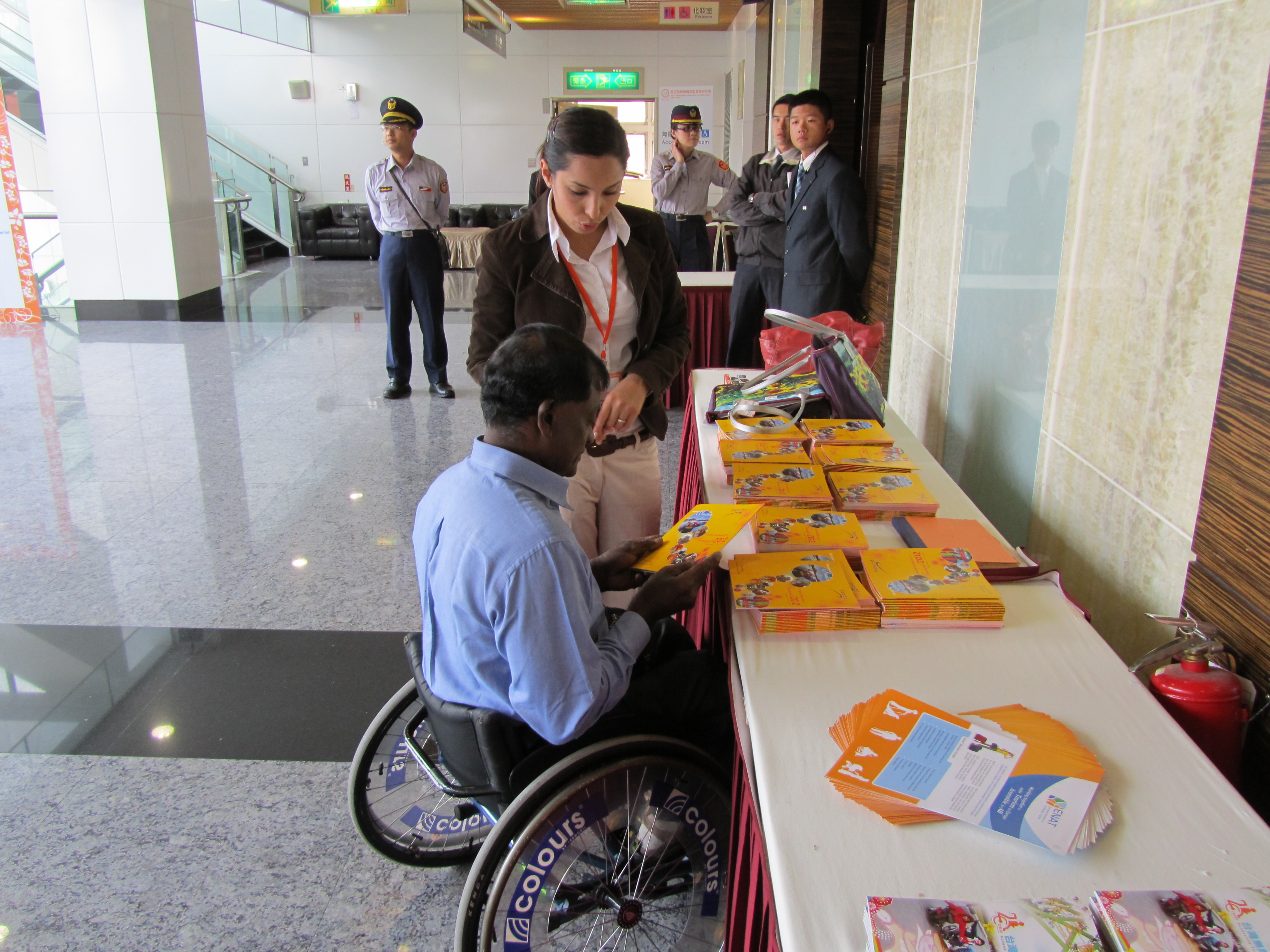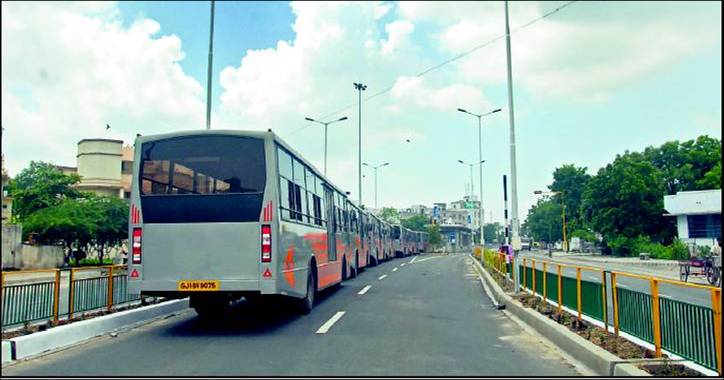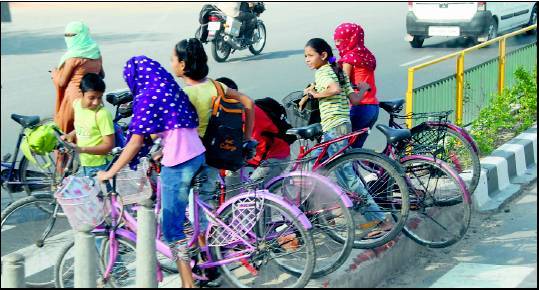Dear Friends,
The article below from Hindustan Times is a reflection of how much we care about our social infrastructure to be inclusive. There is similar situation across nation including its capital- the New Delhi.
Click below to read from source- Hindustan Times
Meant to Help, they are now impediments
Pravin Shingwan, a construction worker who lives in Breach Candy, says he cannot let his nine-year-old daughter Rakhi walk alone to the store down the road because the pavement has been completely encroached upon by hawkers, forcing pedestrians onto the busy street.

The Shigwans are not a wealthy family, so Rakhi walks to school every day, with the children of domestic help from the plush buildings nearby.
“There are fruit and vegetable shops on the footpath, and the little space left is taken by people buying things from them,“ says Rakhi. “Even when we walk to school, the older students have to hold our hands so that nobody gets hit by the traffic.“
For Pravin and his wife, the state of the pavements is an endless source of stress.
“It would really help to have a wide footpath that was safe for children to walk or run on, without the stress of what might happen to them every day,“ says Pravin. Regional programme development advisor at SightSavers, Ketan Kothari which promotes inclusion for the blind, lives in Mahim and finds it very difficult to navigate footpaths with his cane.

“Firstly, they are often too high, and if your cane misses the change in depth, you can fall and injure yourself quite terribly,“ he says. “It would help to have a slope at either end instead.
More importantly, though, there are all sorts of obstacles in your line of walking -protruding objects such as trees planted right in the middle, or ditches from missing paver blocks. The cane cannot always detect these, leaving blind people to risk bumps and injuries as they walk.“ The cane also cannot always tell Kothari when tiles have come loose, so he and other visually impaired people are prone to trip. “Dumpsters and hawkers are also a threat.“
While Kothari hasn’t been seriously injured by footpaths, he is always afraid that he will be. “The chances are high,“ he says. Even with a fairly advanced motorised wheelchair, computer hardware professional Mayank Rokadia, 48, cannot get around by himself in Mumbai.
“It’s frustrating, because a simple change in the design of the footpaths would enable people like me to be self-reliant, for the most part,“ he says.
“Wheelchairs and prams, are not built to climb up steps. I need someone to lift the wheelchair onto the pavement every time, which defeats the purpose of having a machine that can help me achieve mobility outdoors.“
Rokadia wishes the pavements had slight inclines. “At least the newer ones should have that feature,“ he says.
He also complains that manoeuvring himself on uneven ground, with ditches and missing paver blocks, is very difficult.
“The wheels get stuck in uneven areas where the paver tiles have come loose. There are also several roads with pavement on only one side of the road, so if I cross, I’m left maneouvering down the street and that is quite scary.“ HK Rao, a 76-year-old Borivli resident and consultant at the Indian Merchant’s Chamber, often needs to walk the 100 metres from his building to the bus stop to commute, but the short walk always leaves him with aching knees.
“The steps here are unnecessarily high,“ he says. “And since it’s not one continuous footpath, you have to keep climbing up and down, which not only slows down and tires someone of my age, but is very difficult on the knees.“
The footpath is uneven too, which is worrying because you have to watch every step so that you don’t trip and fall, says Rao.

In just 100 metres, the senior citizen also has to wend his way past garbage bins, hawkers and parked cars strewn across the middle of the pavement. “It takes a lot of effort to navigate these obstacles and sometimes it is just easier to walk on the main road,“ he says.
“Of course, I can’t move fast and I sometimes can’t hear properly, so it is very frightening being at the mercy of the traffic.“

